CLOSE ENCOUNTERS
Embarking on a yacht-based orca excursion in the Norwegian fjords
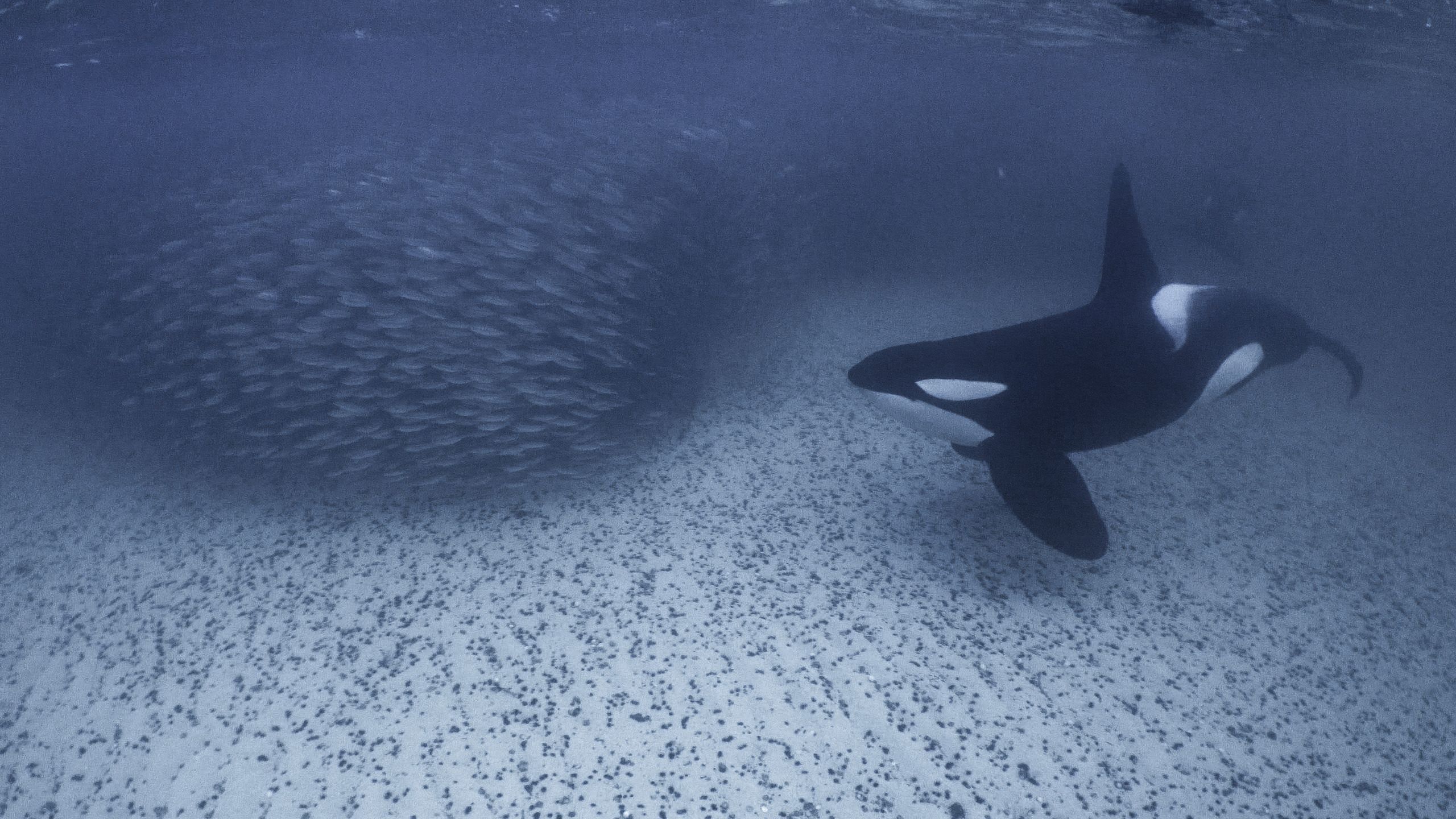
Risa Merl ventures to the Arctic Circle to swim with orcas in the wild northern reaches of Norway
PATRICK DYKSTRA
“Ready? Go, go, go!” As our guide gives the signal, I throw my fin-clad feet over the side of the inflatable tender and try to slip into the cold Norwegian sea with as little noise or splash as possible.
Deftness is a priority, to avoid startling the creatures that we have travelled so far to see. Moving with grace is challenging in the cumbersome dry suit I’m wearing to withstand these icy waters – all for the rare chance to swim with orcas in the wild.
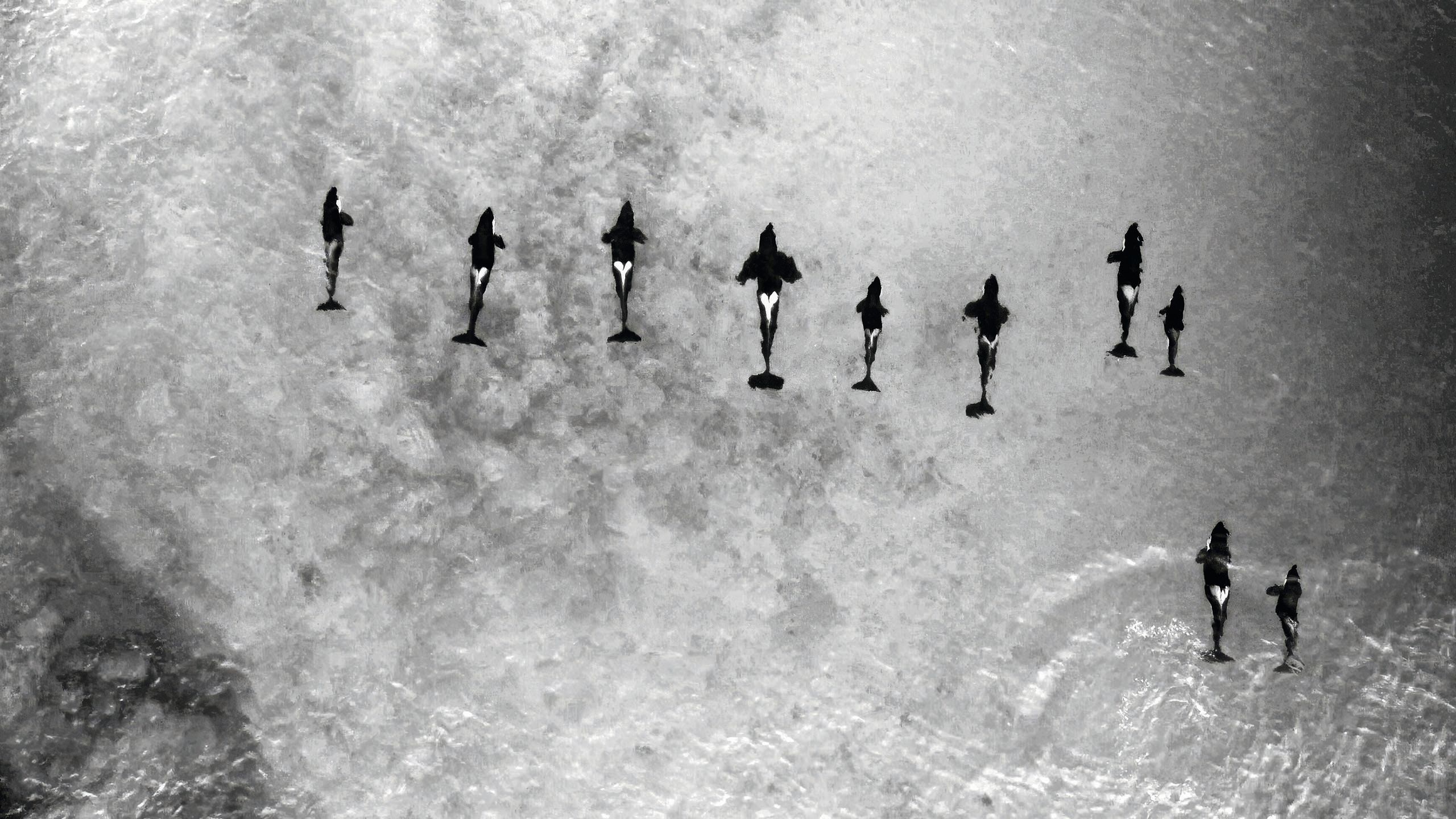
Any discomfort is well worth it for the sight that appears before me as I dip my mask below the surface. Dead ahead, a pod of orcas is swimming towards the tender, and one in particular seems to be charging in my direction at breakneck speed.
Among the fastest of marine mammals, orcas can swim up to 72km/h, quicker than a great white shark. While my body is coursing with adrenaline, there is no sense of fear, only anticipation. The black and white form torpedoes forward, then, when just metres away, dives down and disappears into the inky depths.
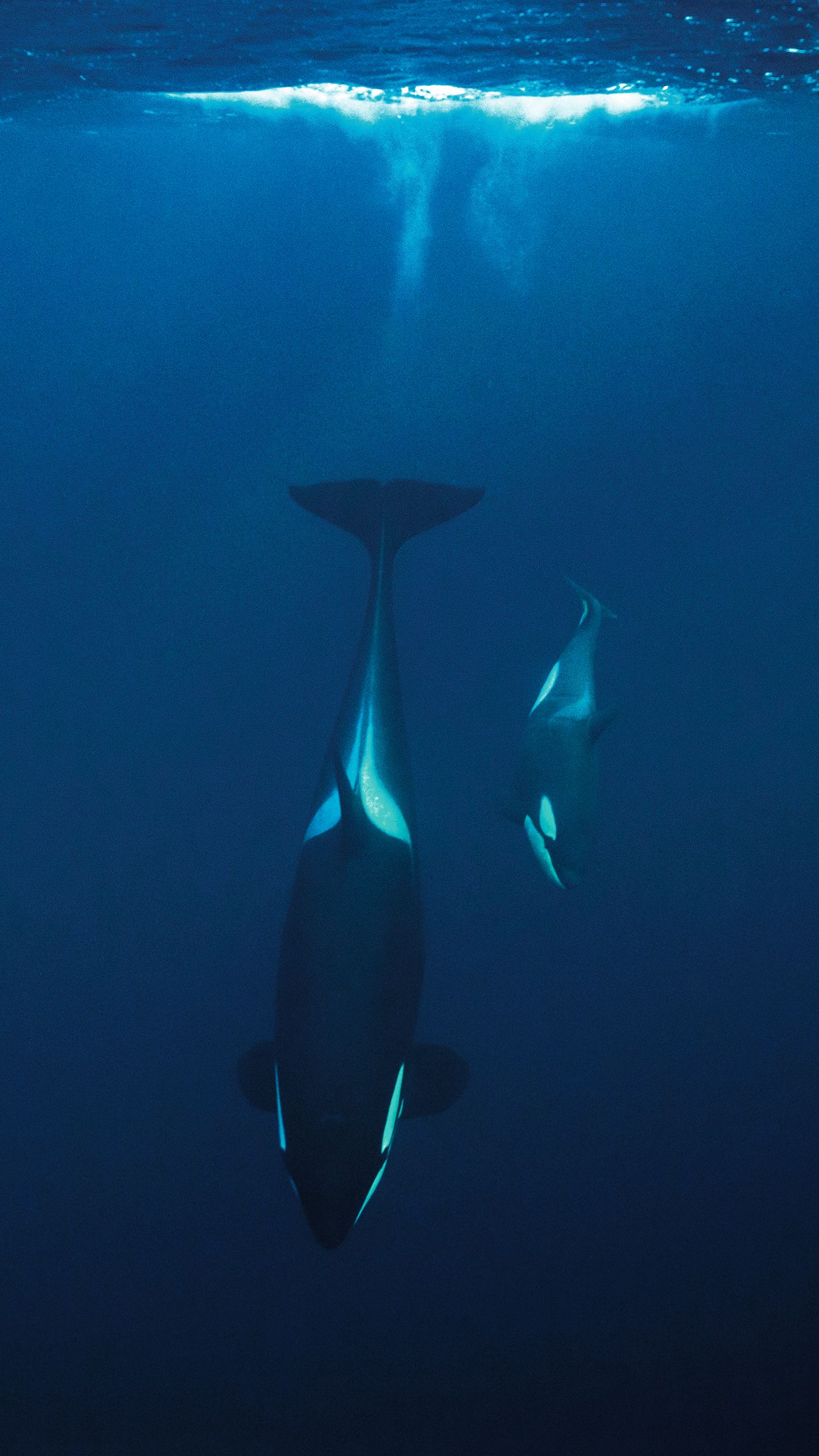
GETTY IMAGES
GETTY IMAGES
Any discomfort is well worth it for the sight that appears before me as I dip my mask below the surface. Dead ahead, a pod of orcas is swimming towards the tender, and one in particular seems to be charging in my direction at breakneck speed.
Among the fastest of marine mammals, orcas can swim up to 72km/h, quicker than a great white shark. While my body is coursing with adrenaline, there is no sense of fear, only anticipation. The black and white form torpedoes forward, then, when just metres away, dives down and disappears into the inky depths.
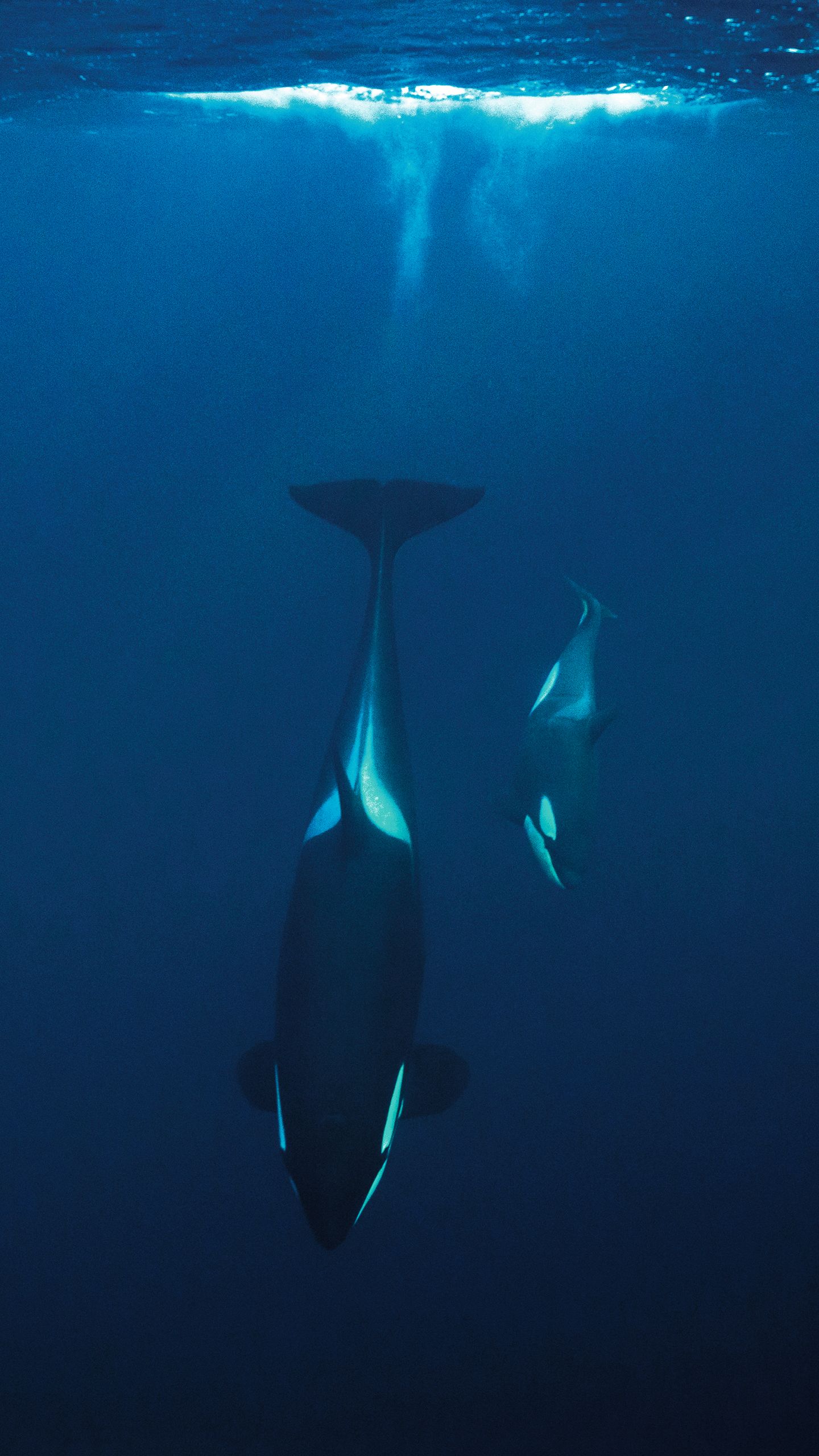
Clambering back into the tender, my shipmates and I bubble over with excitement about what we’ve witnessed. The celebrations are short-lived, however, as we are already speeding off to new co-ordinates, where more orcas have been spotted.
One of the joys of taking part in a yacht-based orca excursion with Natural World Safaris is the luxury of time. Each evening our guides teach us about the whales and their habitat, and over the course of five days our aim is to swim with orcas and humpback whales as many times as possible.
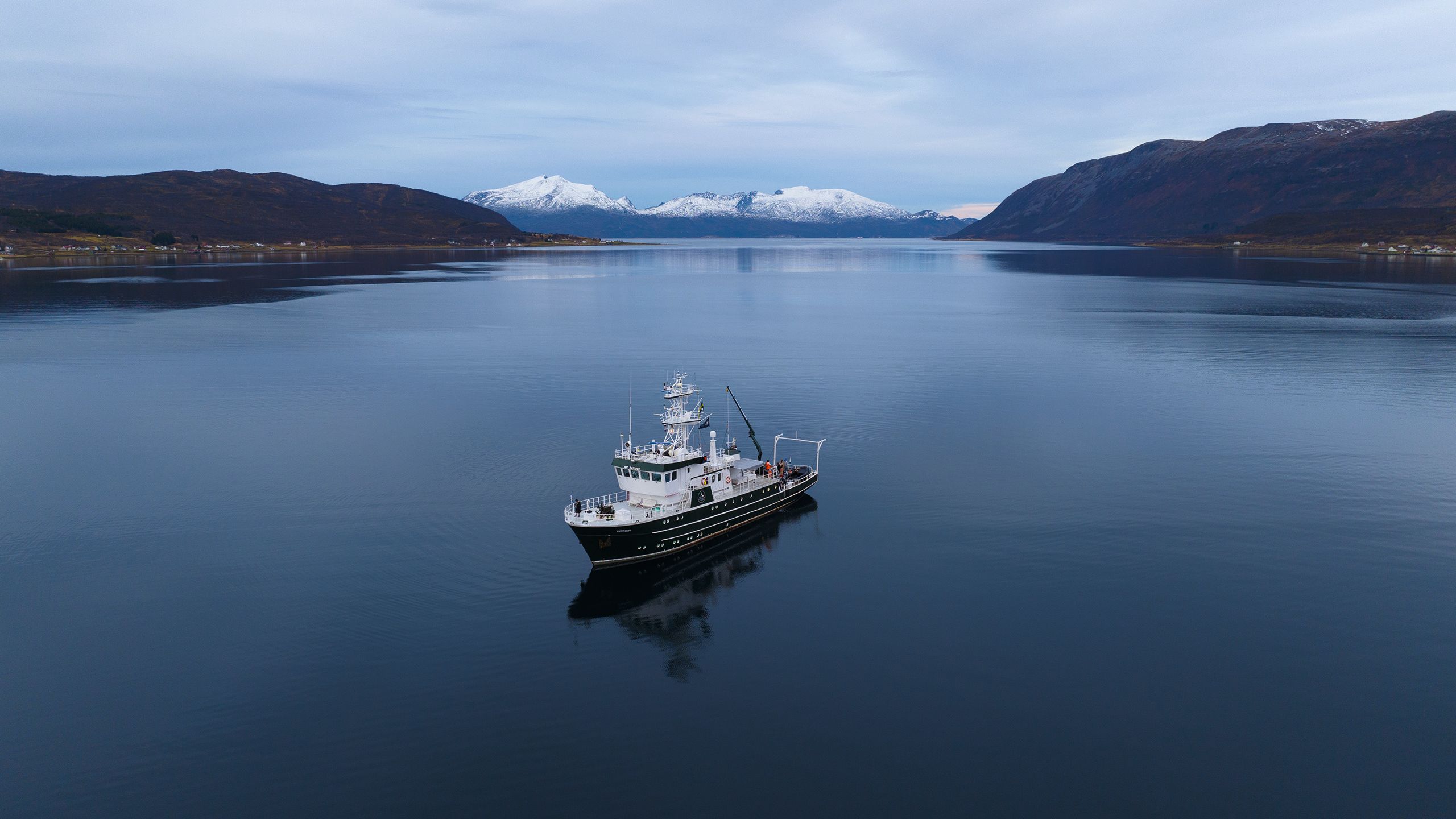
The tender aims towards the shoreline, where snowy peaks ramble down to meet the sea. The scene is backlit by the otherworldly golden glow of a sun that barely appears from behind the clouds – typical for late in the year in Arctic Norway.
The 37-metre refitted expedition yacht Kinfish bobs on the horizon. With a high bow, ice-classed hull and ample working decks, her roots as a rugged research vessel are apparent.
Kinfish was once used to map the Norwegian seabed as well as previously uncharted waters around the island of Svalbard, two areas where she now cruises, introducing guests to the diverse wildlife and dramatic scenery of the Arctic.
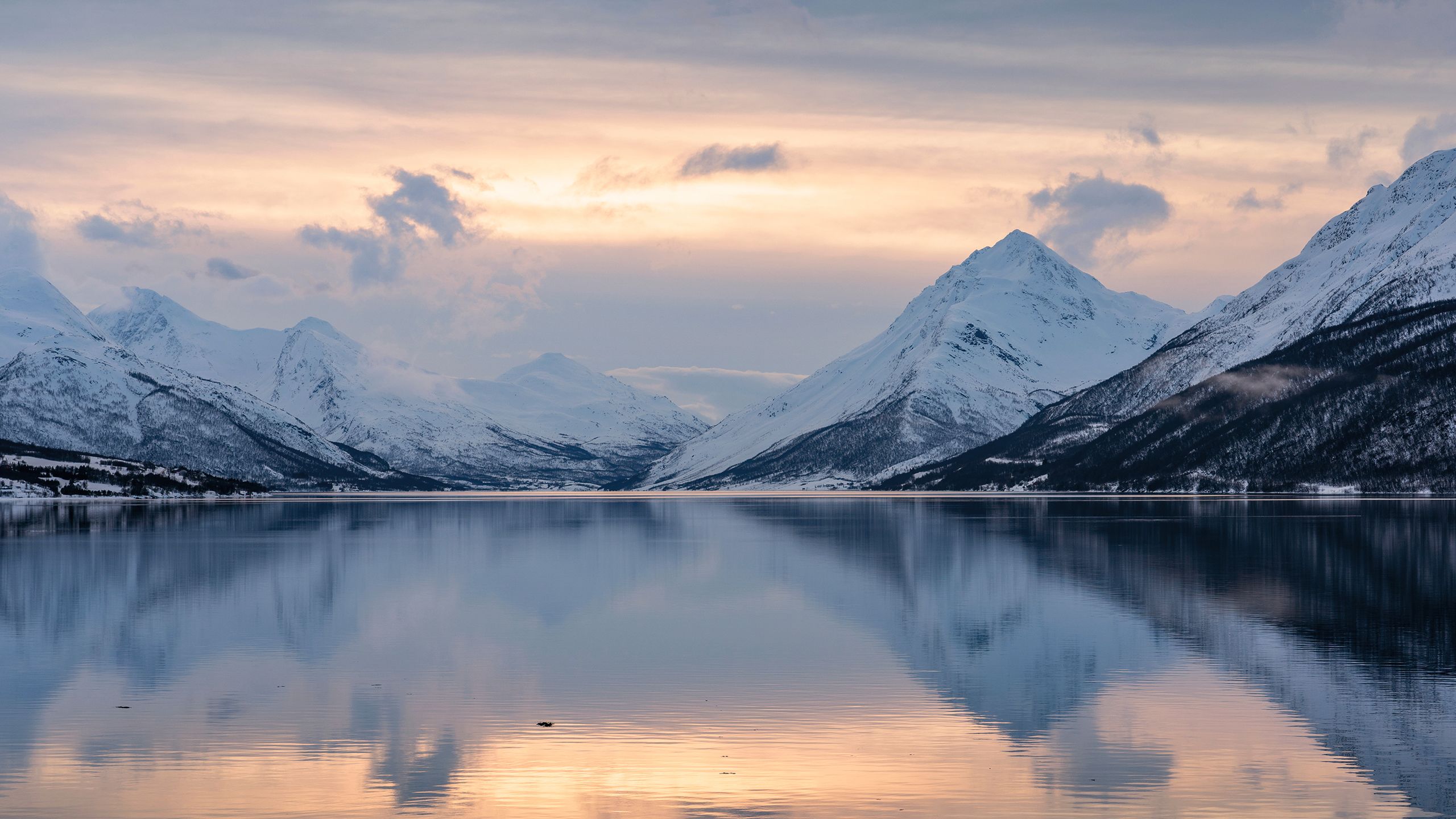
ADOBE STOCKThe Lyngen Alps are a stunning backdrop to the northern fjords
ADOBE STOCKThe Lyngen Alps are a stunning backdrop to the northern fjords
A few nights prior, I boarded Kinfish in the Norwegian town of Tromsø, dubbed the gateway to the Arctic for its high-latitude locale, 350 kilometres north of the Arctic Circle. This is where you’d catch a flight to Svalbard for far-flung Arctic exploration or, in our case, a ship up to the northernmost Norwegian fjords where orcas and humpbacks roam freely.
From Tromsø, Kinfish plots a course 70 nautical miles north-east to Frakkfjorden, passing by the towering Lyngen Alps. Strong winds spill down the east side of the mountains, creating choppy conditions that Kinfish handles with ease.
Thankfully this is our only long passage – once we reach the fjords it’s quick jaunts – and by running at night we wake up in the morning exactly where the whales congregate.
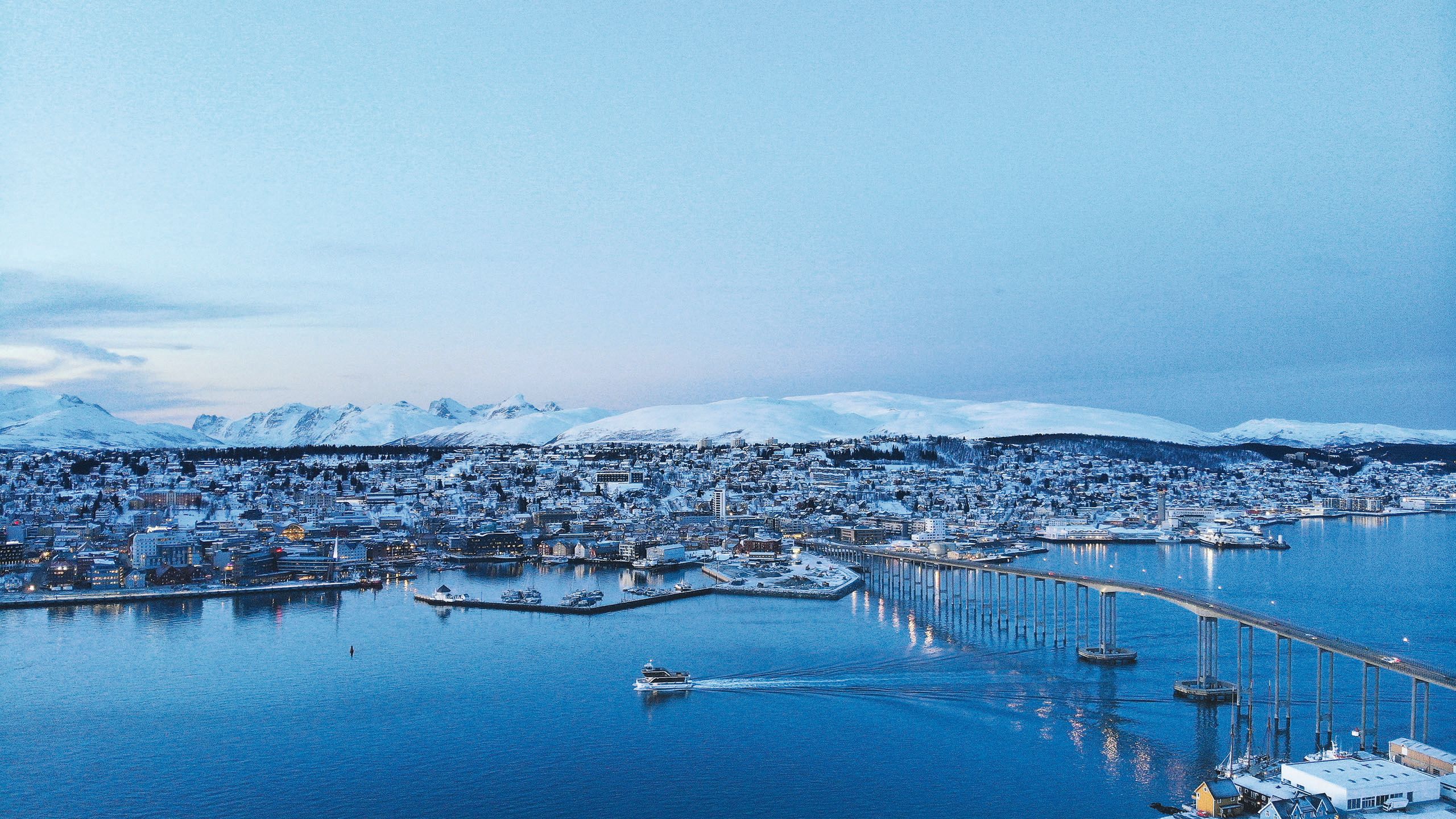
The orca expedition on board Kinfish was conceived by Will Bolsover, founder and CEO of Natural World Safaris, along with acclaimed marine photographer and videographer Patrick Dykstra.
A well-known documentarian, Dykstra won a BAFTA for his cinematography work on the BBC’s Blue Planet. The two had the idea to collaborate on an offering that would combine Dykstra’s marine knowledge with Bolsover’s established reputation for wildlife safaris.
Land-based whale tours are the norm in the area, with small boats taking to the waters off Skjervøy, filling up this stretch of otherwise picturesque fjord.
Fortunately, in 2019, the Natural World Safaris trip evolved to become an onboard experience on Kinfish, allowing guests to throw off the bowlines and ditch the crowds as the boat travels to lesser-visited areas that are rife with whales.
“Our drops in the water are fast, when we say 'mask on, fins on, get ready', you have to be ready to go”
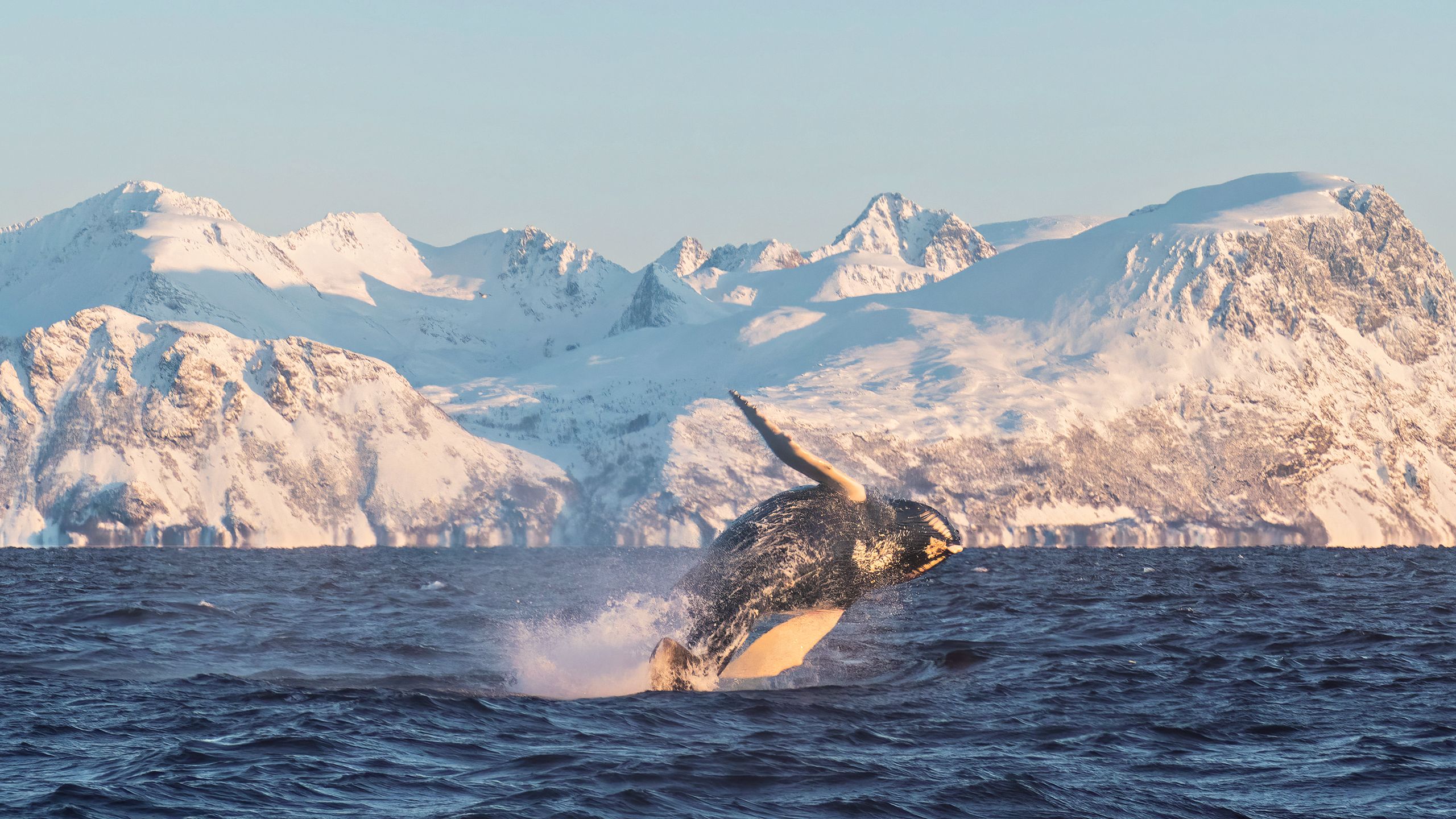
“We can go to places that the dayboats can’t go,” says Kayvon Malek, one of the marine guides who, along with Peter Webster, is leading our trip. Both Malek and Webster are whale experts as well as underwater videographers/ photographers. “We can get to exactly where the whales are and spend more time with them.”
Our itinerary is fluid as Kinfish follows the whales. Some days we don’t encounter any boats other than the commercial fishing vessels that the whales are stalking.
“The killer whales are here for the Atlantic herring,” Malek explains. “The herring were once a huge fish stock in Norway until they were overfished in the late 1960s and ’70s and the stock collapsed. After about 20 years, it has slowly rebounded and is now back to where it was.”
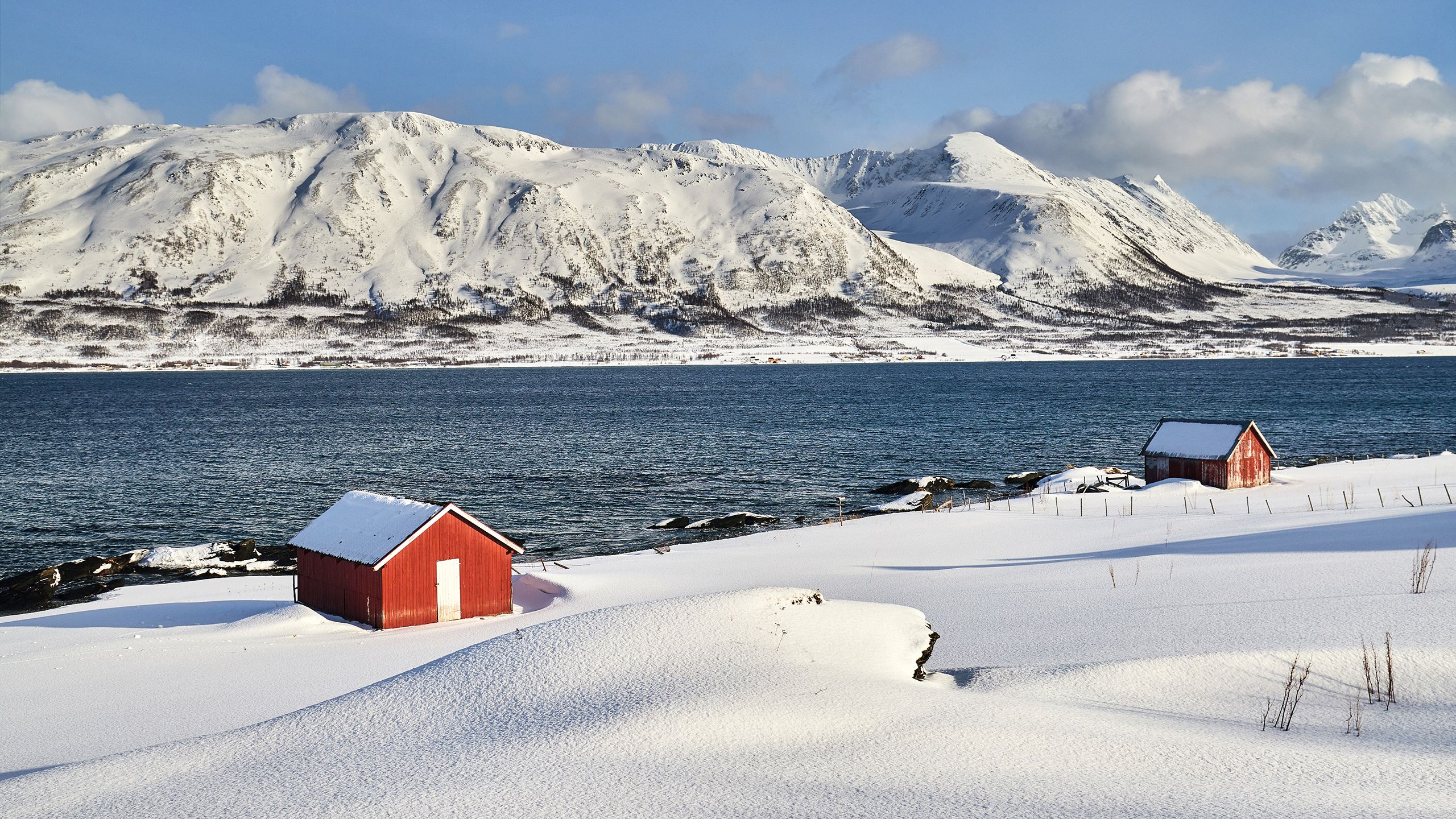
During spawning season from September to November, these small silver fish gather off the Norwegian coastline in enormous shoals that can be up to five kilometres long.
The herring migrate to shallow waters at night to feed, which draws the fishing boats at dawn, and the whales follow suit, hoping to catch some of the spillover when the overflowing nets are hauled in.
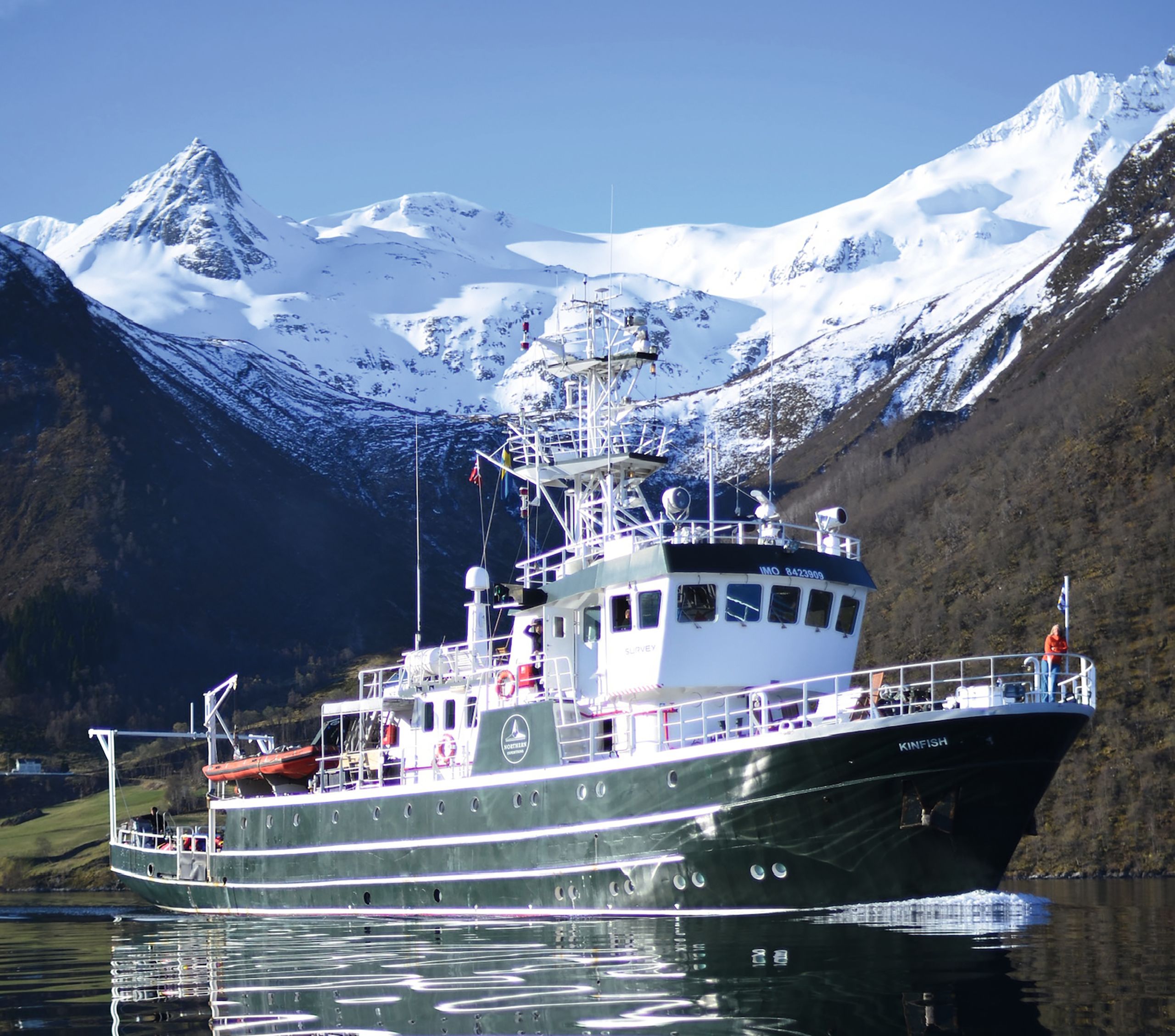
NEABThe converted research vessel Kinfish takes up to 12 guests
NEABThe converted research vessel Kinfish takes up to 12 guests
“The boats pull the fish in as day breaks, which is why we get up so early in the morning to find the orcas and make the most of the limited light,” Malek says.
Kinfish’s crew and our marine guides use AIS to analyse where the fishing boats are. They also compare notes from other expedition yachts and whale-watching boats to find the animals’ recent movements.
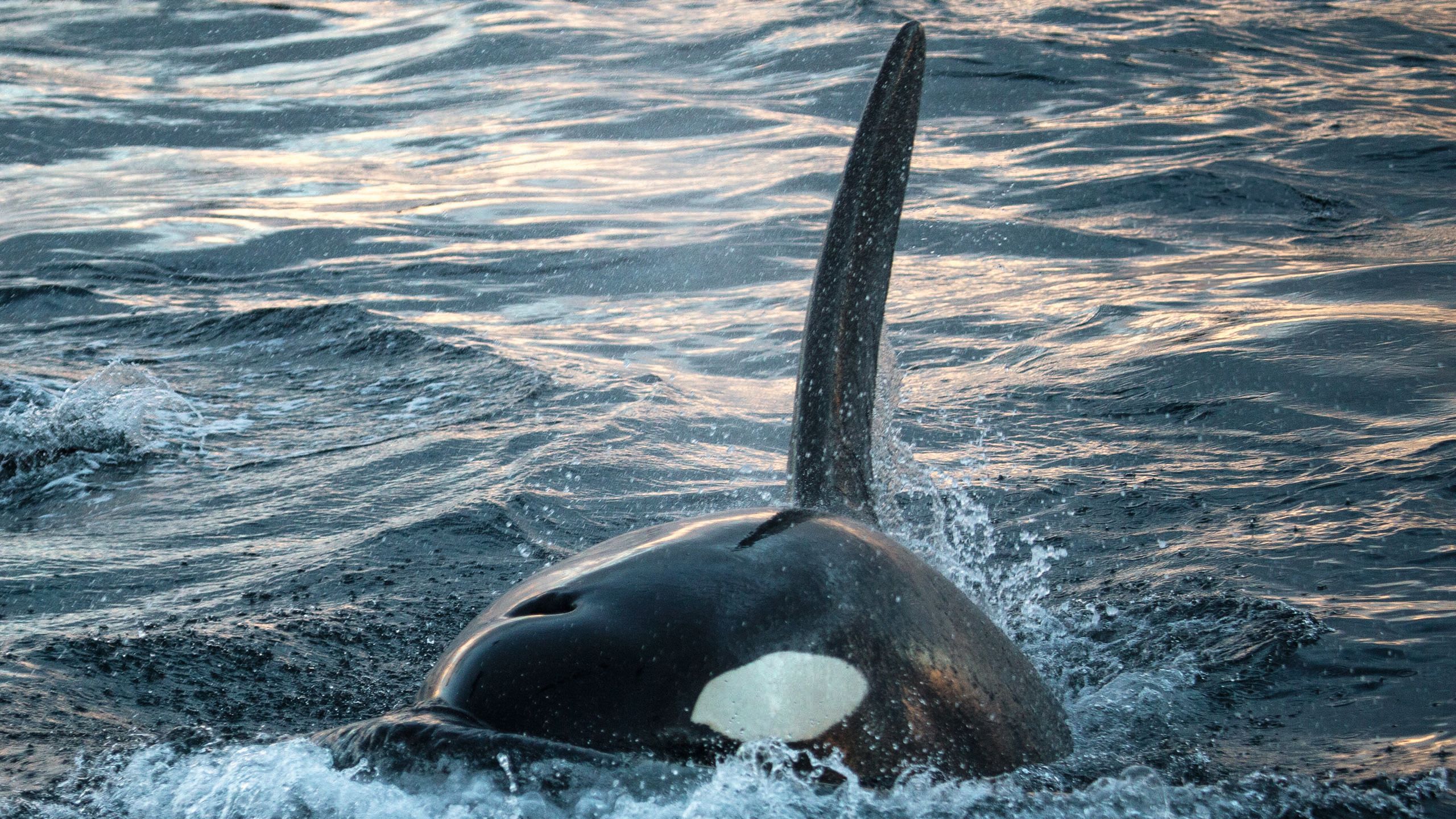
PATRICK DYKSTRA
PATRICK DYKSTRA
We are up at dawn, but there’s no sign of sunrise, just a gradual lightening of a misty grey sky. The whales visit Norway from November to January, so Natural World Safaris runs its orca safari trips in November, when it’s possible to eke out enough sunlight before the mid-afternoon sunset.
By the end of the month, these Arctic lands will descend into darkness for the remainder of the winter. If one were to visit in the summer, the day would stretch on until midnight.
The first morning is spent getting acquainted with our hefty new wardrobe and learning how to get in and out of the water while wearing it. The whales move quickly, so we must too. “Our drops into the water are fast,” says Malek. “You have to be efficient while hopping in – when we say, ‘Mask on, fins on, get ready,’ you have to be ready to go.”
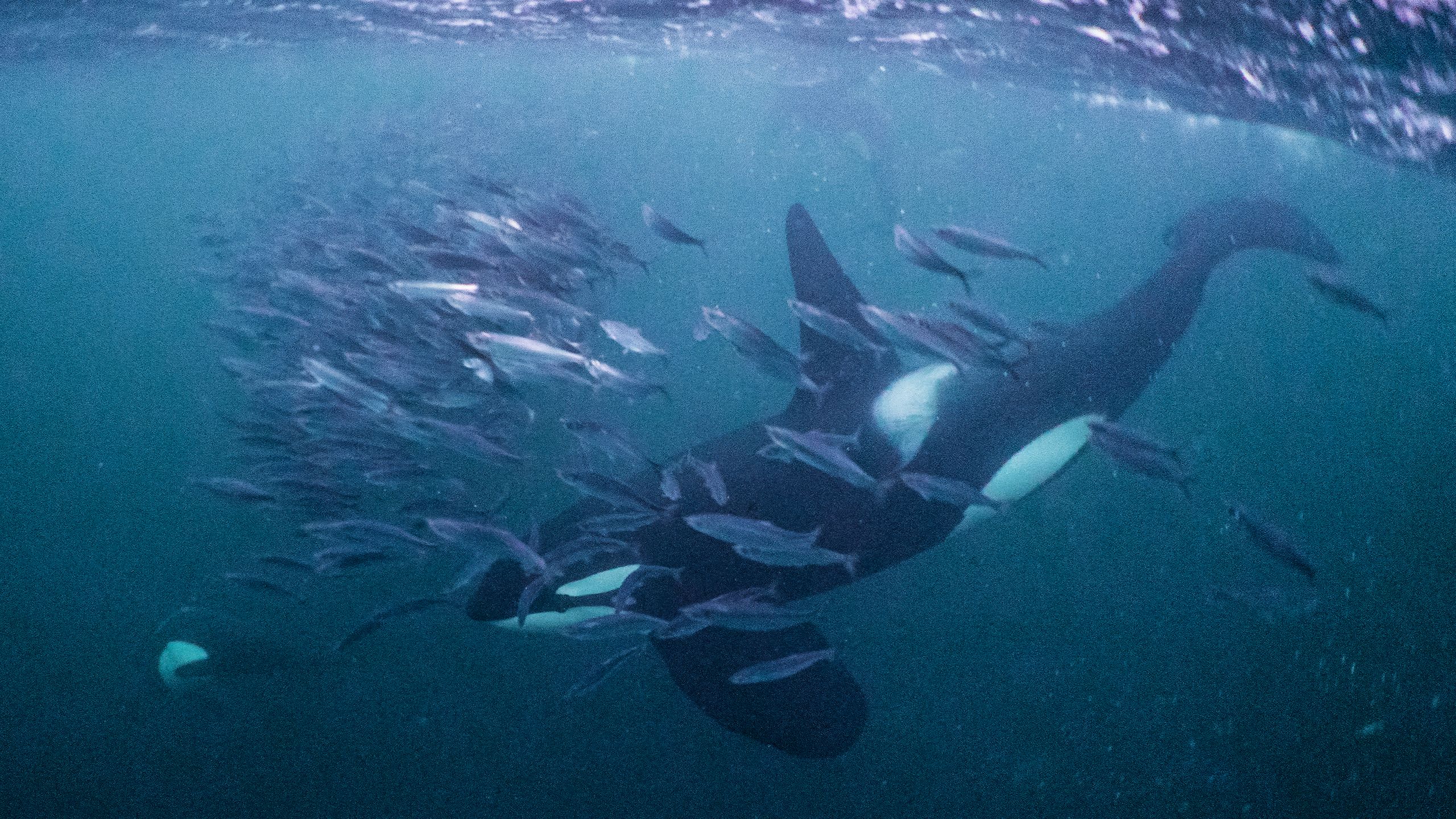

PATRICK DYKSTRA
PATRICK DYKSTRA
On some drops, there are no orcas in our line of sight, so we scramble back into the boat quickly to do it all over again. Other times, we see a flash of black and white as one swims by.
If we’re lucky, and on many occasions we are, we find an orca who is utterly relaxed – full and happy after a big meal of herring – floating calmly near the surface. Time stretches on in such magical moments, and a mere five minutes can feel like a blissful hour of watching these magnificent mammals.
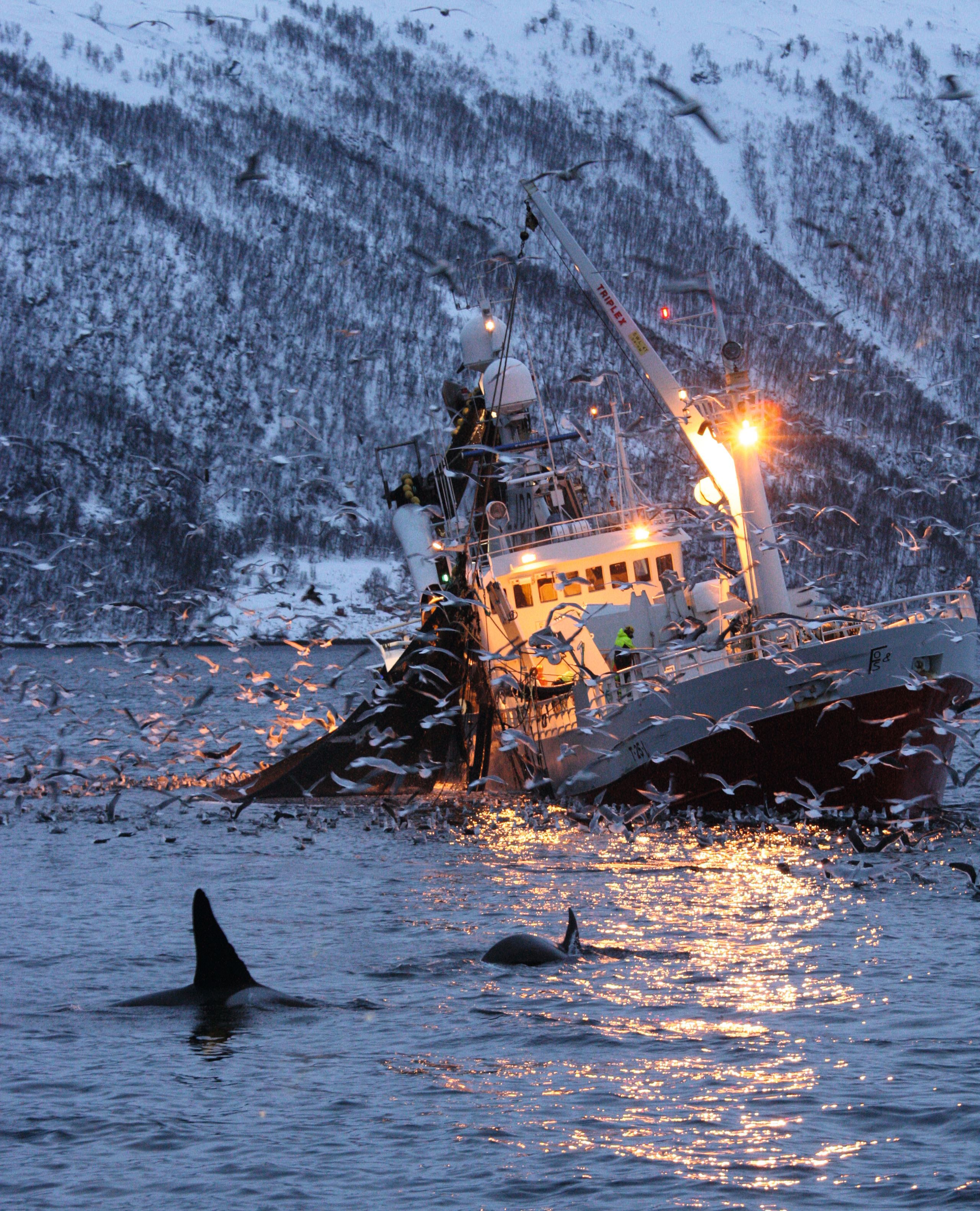
GETTY IMAGESOrcas follow fishing boats to claim the leftover herring as their own
GETTY IMAGESOrcas follow fishing boats to claim the leftover herring as their own
“By working with marine experts, we put our clients in the right place at the right time for intimate encounters with the ocean’s most majestic creatures, both above and below the water’s surface,” says Bolsover.
The experience is otherwise natural. The welfare of the whales is the priority. We don’t lure the orcas in any way nor get too close. We are observers in this watery world, though in many cases they seem equally curious about us.
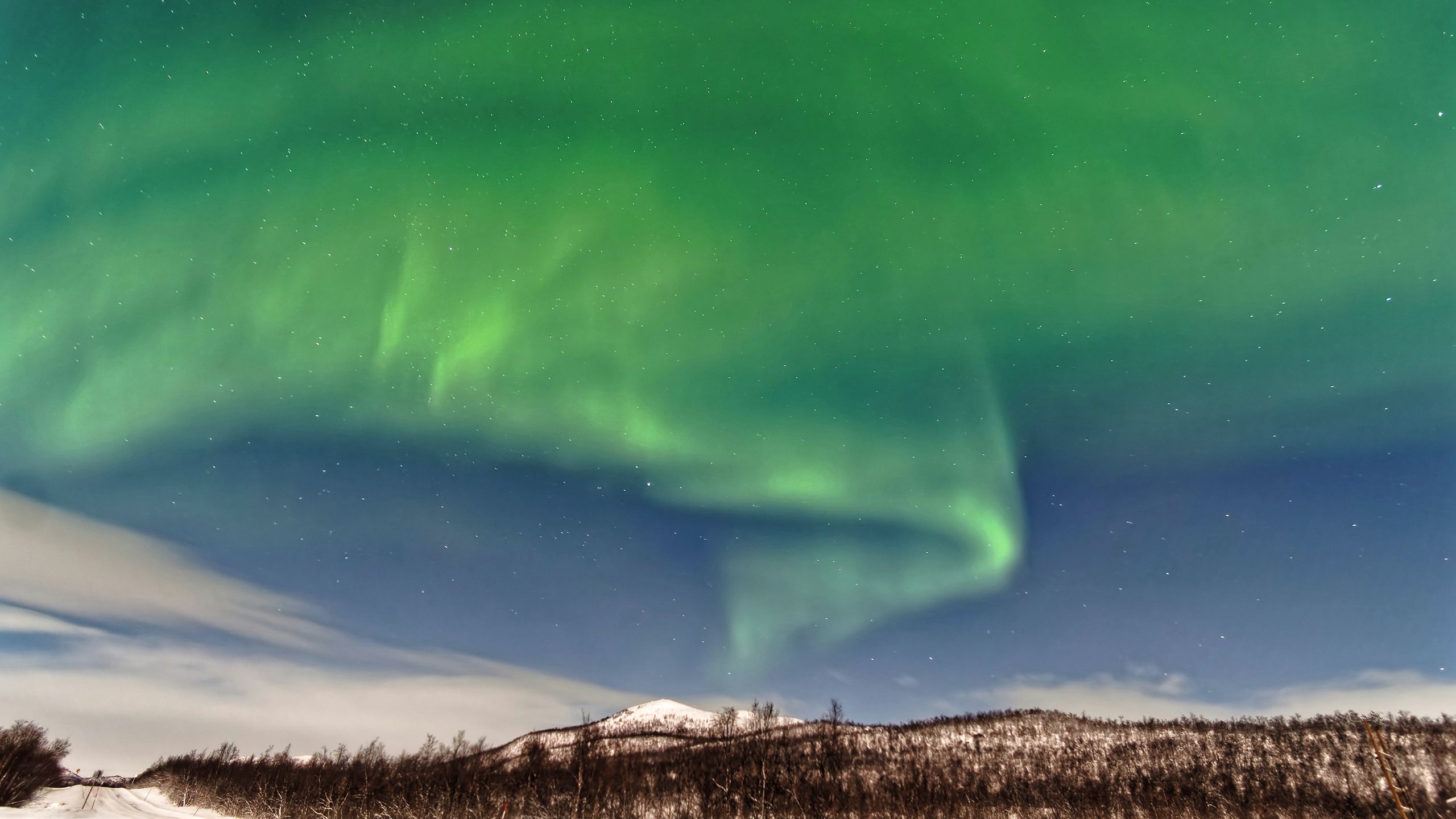
Orcas have garnered a bad rep in recent years for attacking boats off Gibraltar. The “killer” in their nickname doesn’t help their reputation either, and they certainly are fierce hunters, taking down seals, sea lions and even other whales – but not humans. These sharp-toothed predators aren’t really whales either, but the largest member of the dolphin family.
When we aren’t busy chasing whales, time is spent poring over photos and videos from the day, curling up with a book or perched in the bridge chatting with the crew and guides about the scenery that unfolds around us.
“We can go to places that the
dayboats can't go”
Beyond the helm, mountains rise to meet the grey sky and a light dusting of snow begins to fall, contributing to the majesty of the environment. Rarely do we go ashore, but on one memorable occasion we disembark in Seglvik, where a land-based orca tour has its headquarters and has invited us to come for a drink in its giant teepee bar.
The trip has been sublimely satisfying and immensely immersive. But there is still one more surprise in store. As we motor back south to Tromsø, the captain calls us out on deck. He points upwards, where the sky is painted in the ethereal glow of the Northern Lights. Dancing on the horizon, they seem to be waving us home.
First published in the May 2024 issue of BOAT International. Get this magazine sent straight to your door, or subscribe and never miss an issue.

